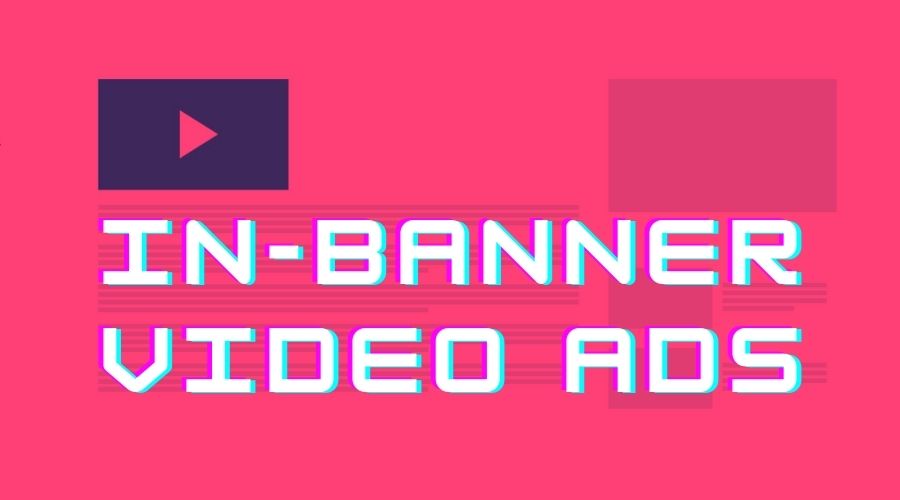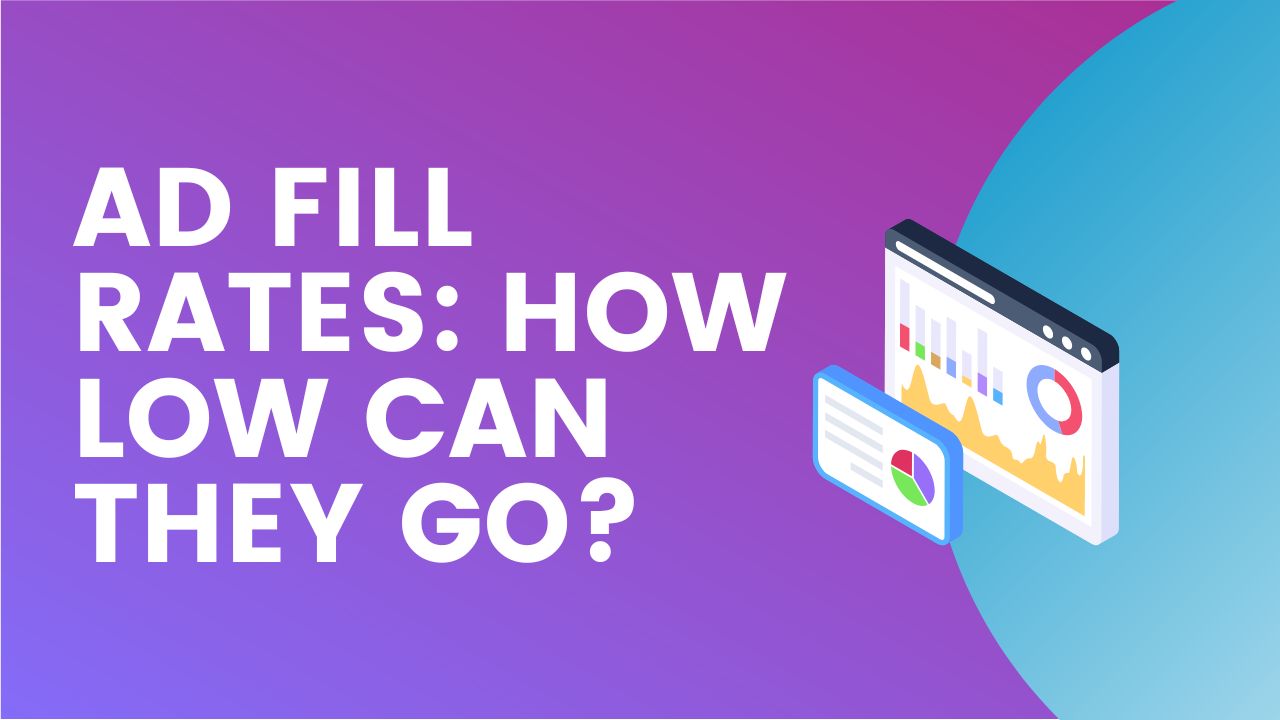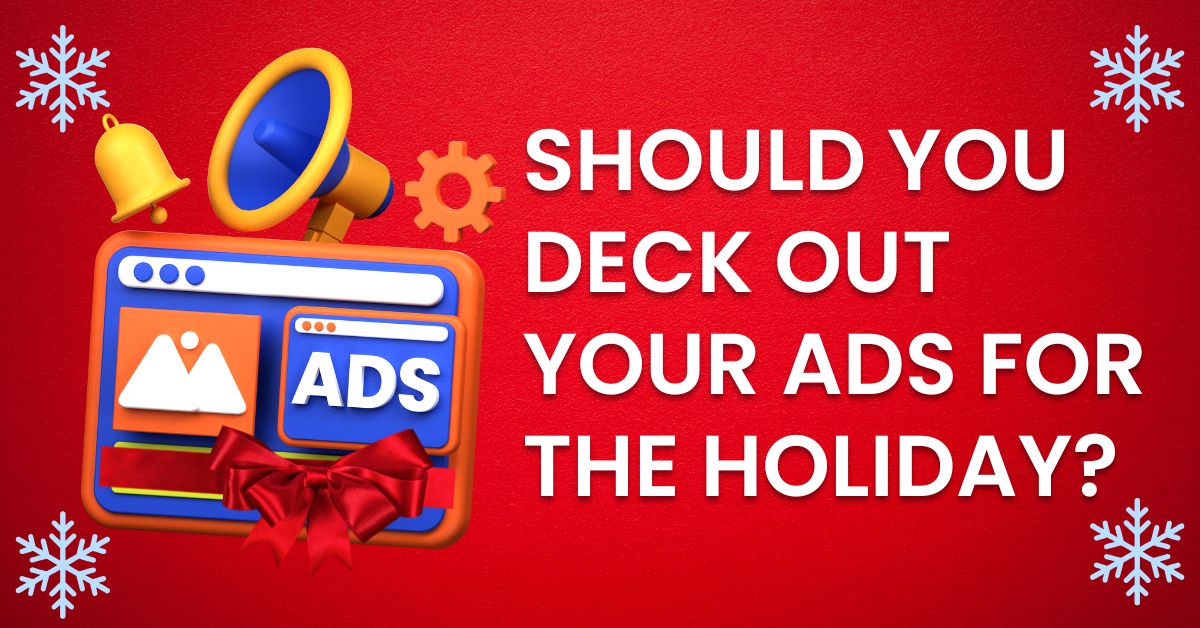
IBV aka In-banner video ads is the new black! Ok, that might be a bit of an exaggeration, but they are definitely on the rise in terms of popularity. And for good reason – they can be extremely effective at capturing attention and engaging audiences. So if you’re wondering what in-banner video ads are and how to get started with them, read on! We’ll demystify this monetization option and provide you with all the info you need to get started.
In-banner video ads are short-duration videos (without sound) or GIFs set into a regular banner ad slot or display ad slot. IBV ads are way more interactive than conventional display ads. They are HTML5 creatives created from short text descriptions or thumbnail images. Animated and interactive elements can make these ads more engaging, and they deliver a dynamic ad viewing experience.
Here are a few examples of in-banner video ads:
There are three types of In-Banner Video Ads:
In Google Ad Manager, in-banner video ads are served through direct campaigns. Publishers barely need to do anything here for the ad creatives as they are sent by advertisers.
Follow these steps to set up in-banner video ads in Google Ad Manager:
Keep in mind that:
To get steady ad revenue from in-banner video ads, make sure you follow these practices:
Whenever advertisers want their videos to appear on the main parts of the page, you must ensure that the ads do not interfere with the user’s experience.
Pros of In-Banner Video Ads are:
In-banner video ads barely disrupt the user experience. Visitors engage with the video ads when they click on them, and the video ads do not appear outright promotional. Instead, they show up on the top of search results or in the sidebar, where it’s up to the user whether they click on the ad.
Though in-banner videos are more expensive and time-consuming to create, their ability to tell a story effectively drives high click-through rates.
With in-banner video ads, advertisers do not need to provide video players or video content; instead, they upload GIFs or short video clips and the ads are directly played over these banner ad slots. Since publishers are independent of video player vendors, running in-banner video ads may be less complex in this case.
While the in-stream video ads have strict duration limits, IBV ads can be as long as publishers would want them to be, which allows them a lot of flexibility. There is a storage limit, however – the file size should not exceed 500 MB.
It takes too long to load: The loading speed of websites is slowed by in-banner videos, and since there is no video player, IBV ads take longer to load.
A fall in demand: In-banner video ads have lower demand than other video formats. In-banner ads are not very desirable since browsers restrict auto-play video ads. According to the Confiant Demand Quality Report, the rate of in-banner video ad impressions has dropped.
Takeaways:
1. In-banner videos are GIFs or short videos embedded within a display ad.
2. Below are some tips for in-banner ads:
3. The Benefits of using in-banner video ads are:
So, if you’re feeling daring and want to test out in-banner video ads, be sure you have all the resources in place first. Luckily, we’re here to help!
![IBV / IN-BANNER VIDEO AD MONETIZATION [4 BEST PRACTICES INCLUDED] MonitizeMore IBV / IN-BANNER VIDEO AD MONETIZATION [4 BEST PRACTICES INCLUDED] MonitizeMore](https://www.monetizemore.com/wp-content/uploads/2023/03/aleesha.jpeg)
With over seven years at the forefront of programmatic advertising, Aleesha is a renowned Ad-Tech expert, blending innovative strategies with cutting-edge technology. Her insights have reshaped programmatic advertising, leading to groundbreaking campaigns and 10X ROI increases for publishers and global brands. She believes in setting new standards in dynamic ad targeting and optimization.



10X your ad revenue with our award-winning solutions.